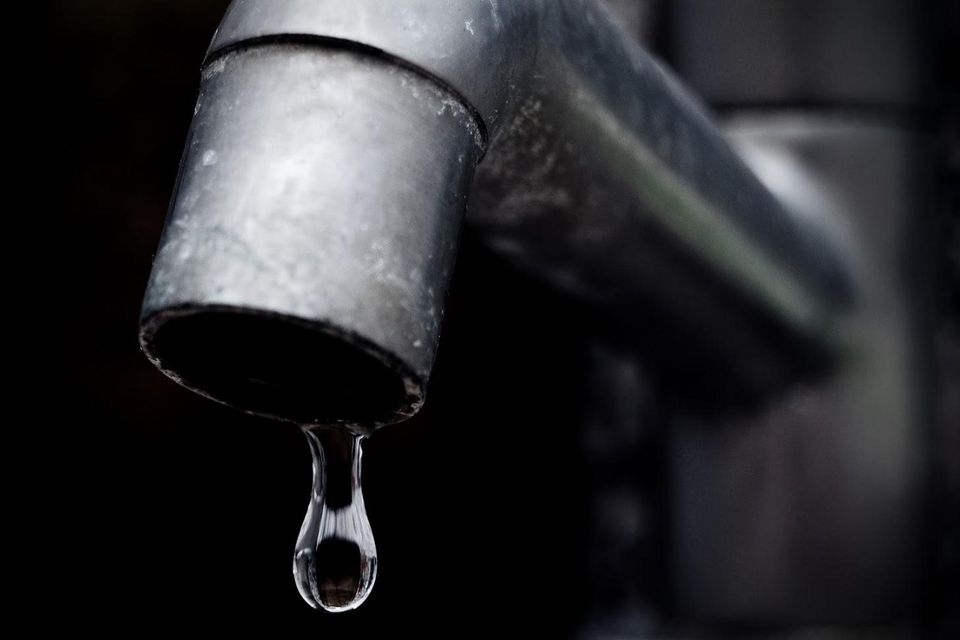The Odyssey of Wastewater Through Your Septic System
Any water that goes through a septic system goes on an odyssey that sends the water through several different components. If your home has a septic system, learn about the different parts that water will go through when it enters a drain.
1. The Sewer Pipe Sends Water Along
The moment water goes down a drain, the wastewater enters your home's pipes. This is a network of various toilet, sink, bathtub, shower, and appliance drain lines that all eventually send the wastewater to a sewer pipe that leads the water from your house.
The sewer pipe is what actually connects your home's plumbing to the septic tank. The pipe usually has a diameter of four inches, and it gradually slopes downward from your hose to the septic tank in order to make sure wastewater flows along the pipe in the proper direction.
2. The Septic Tank Processes Water
The sewer pipe ushers water into the septic tank proper. This is where the water is actually processed.
Your septic tank is an underground container that is sealed closed. It has an entrance somewhere on the top, through which service providers can clean out the tank and inspect its interior. Depending on your tank's location and design, the entrance might be on an access riser that makes the entrance visible above ground so that it can be reached without digging.
Inside the septic tank, the wastewater separates into three distinct levels. Heavy solids within the water drop to the bottom of the tank where sludge forms, and lighter solids float in a scum that is on the top of the wastewater. In the middle, water itself is processed and flows through the tank.
In this mixture, bacteria float around to process the water. The bacteria help separate the solids from the water so that the sludge and scum get trapped while the water itself can flow through. Most tanks contain anaerobic bacteria, which survive without any oxygen.
Some tanks are separated into multiple chambers that help control the flow of water through the tank. Chambers are separated by divisions, which are made of a partial wall that comes down from the top and a partial wall that comes up from the bottom. A gap between the two partial walls allows water to pass, but the partial walls help prevent most solids from flowing through.
3. The Drainfield Disperses Water
After the water flows through the septic tank, it exits the tank via an outlet that sends the water to a drainfield. Many types of drainfields exist, and some have a distribution box or pump tank before the field itself. In principle, though, the various drainfield designs perform the same main function.
Your septic system's drainfield sends water through a series of pipes that are perforated so water can leak out of them. As the water leaks out of the pipes, it returns to the soil where it will flow down to the groundwater. The trip from the drainpipes to groundwater level further processes the water, as the soil that the water goes through acts like a natural filter.
In order to ensure the safety of drinking water and natural waterways, the location of a drainage field must be carefully chosen. A professional who knows septic systems can recommend a location for a new drainage field based on what other water features are nearby and what direction the groundwater in the soil flows in.
If you need to install or repair a septic system at your residence, contact Southern Sanitary Systems Inc to schedule a service appointment or consultation. We look forward to speaking with you.








